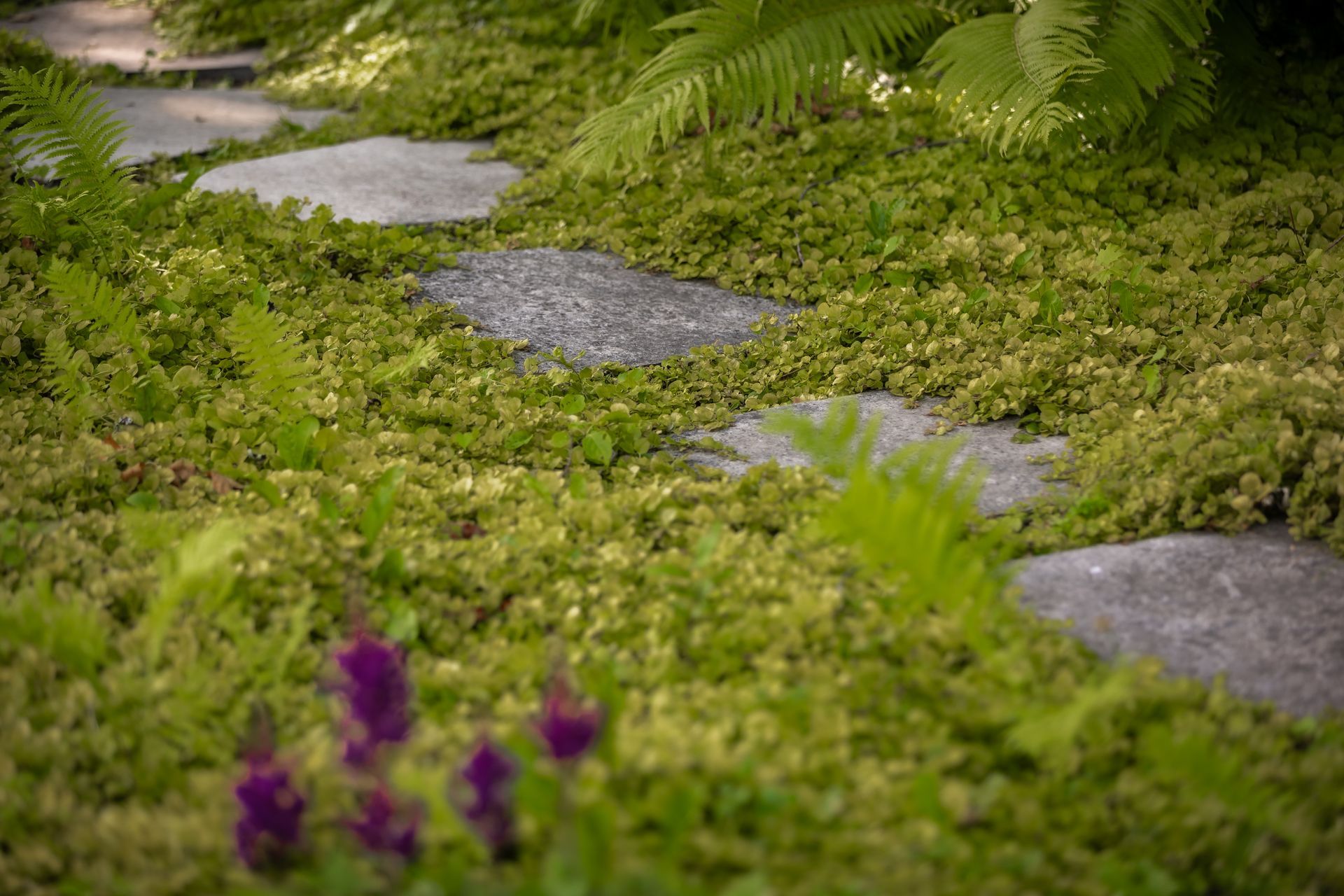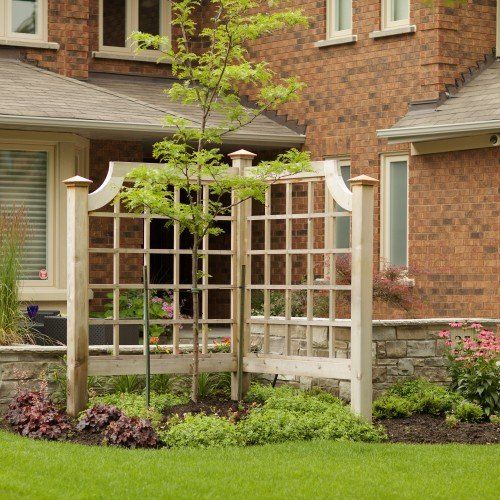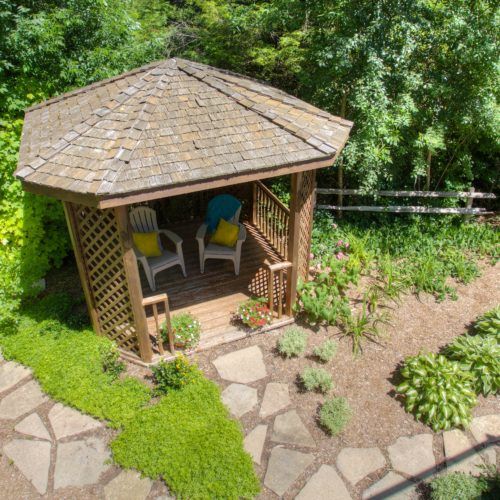Rain Gardens & Their Benefit
A rain garden is a specially designed garden that helps manage stormwater runoff, reduces flooding, and improves water quality. These gardens are not only functional but also enhance the aesthetic appeal of a landscape.
They are an eco-friendly solution to urban water management issues, promoting sustainable practices and contributing to environmental conservation. A rain garden is a shallow, planted depression that absorbs rainwater runoff from impervious surfaces such as roofs, driveways, and sidewalks.
It is typically designed to capture and infiltrate the first inch or so of rainfall, which contains the most pollutants. Rain gardens can be customized with a variety of plants that are well-suited to wet conditions and can thrive with minimal maintenance.
Benefits of Rain Gardens
- Stormwater Management: Rain gardens reduce runoff by allowing water to soak into the ground, thus mitigating the risk of flooding and erosion. This helps protect local waterways from the impacts of heavy rain and reduces the burden on stormwater infrastructure.
- Water Quality Improvement: As rainwater percolates through the soil in a rain garden, pollutants such as oils, heavy metals, and nutrients are filtered out. This process helps to improve the quality of water that eventually reaches rivers, lakes, and groundwater.
- Habitat Creation: Rain gardens provide habitats for a variety of wildlife, including birds, butterflies, and beneficial insects. By planting native species, rain gardens support local ecosystems and biodiversity.
- Aesthetic and Property Value: Beyond their environmental benefits, rain gardens add beauty to residential and commercial properties. They can increase property value by enhancing curb appeal with colourful, diverse plantings.
- Climate Resilience: Rain gardens can help mitigate the effects of climate change by managing increased rainfall and extreme weather events. They also contribute to cooling urban areas by increasing green space.
Rain gardens are a low impact development application and are a practical and attractive solution to stormwater management challenges at our homes. Low impact development include: soakaways, permeable paving, green roofs and native plants. By capturing and filtering runoff, low impact development at our homes protects water resources, reduce flooding, and contribute to the beauty and biodiversity of the landscapes.
Contact Parklane Landscapes today, if you have any questions or would like to incorporate a rain garden on your property. parklanelandscapes.ca or 705-327-0064
















